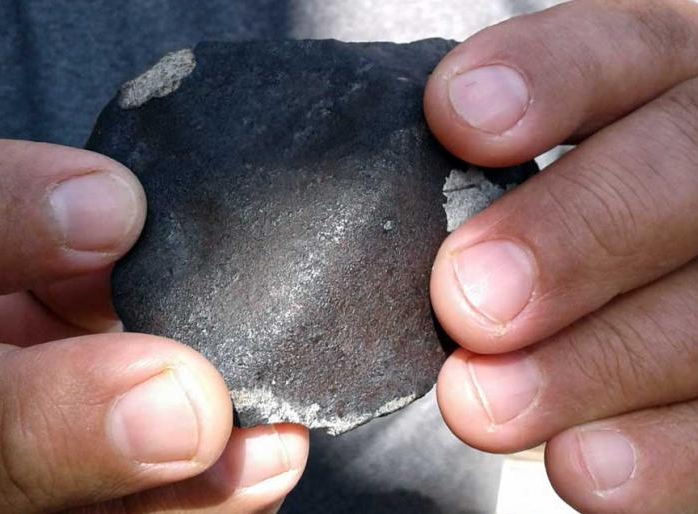
Only five meteorites fallen in Cuba are confirmed
Havana, April 13 (RHC) The meteorites that fell in Cuba are only five from an initial list of supposedly ten, according to research by the Center for Advanced Studies commissioned by the Institute of Geophysics and Astronomy (IGA).
Doctor in Geographic Sciences Efrén Jaimez, assistant researcher at IGA, told the press that the confirmed cases are of the litite, siderolith, chondrite l6 and chondrite l5 types. These are meteorites that fell in the Cuban towns of Las Canas (1844), Bacuranao (1974), Santa Isabel de las Lajas (1994), Viñales (2019) and Ramón de las Yaguas (2021).
The expert specified that the application of X-ray diffractograms and X-ray fluorescence spectrometry tests ruled out that objects found in Boyeros (1996), Balcón de La Lisa and Güira de Melena (2001) were meteorites.
Although there are some common elements between the ordinary chondrites of Viñales and Ramón de las Yaguas, specialists consider that there is no direct relationship that links them in terms of origin, since they come from different small asteroids in the Solar System.
According to Jaimez, although the cosmic origin of three different objects found in 1938 in Mango Jobo seems doubtful, it is necessary to carry out new chemical laboratory tests to confirm whether or not they are meteorites.
Attracted by the force of gravity, every year tens of thousands of pieces of rock, detached from the tails of comets, asteroids and other objects, penetrate the Earth's atmosphere at a speed of 70 meters per second, managing to reach the surface. Such fragments are called meteorites.
There are theories that attribute to these the responsibility of having transported to Earth the essential chemical elements that gave rise to life.
Those that manage to impact the Earth's soil do so as true supersonic projectiles, capable of causing notable explosions and opening, in some cases, craters with diameters greater than 200 meters.
Likewise, they can penetrate and remain hidden in the subsoil, or end up in the depths of the ocean, without forgetting the logical transformation they undergo due to the combined influence of humidity, oxidation and other environmental factors.
Recent estimates indicate that at a global level, more than 31 thousand meteorites have been found, without being seen falling, distributed on all continents, but the number of those waiting to be located must be higher.
The meteorite known as Hoba Oeste stands out, which with an approximate weight of 66 tons constitutes the largest piece of natural iron of cosmic origin known on Earth.
It was discovered in 1920 near Grootfontein, in the Namibian region of Otjozondjupa and its impact is estimated to have occurred 80 thousand years ago. (Source: PL)

